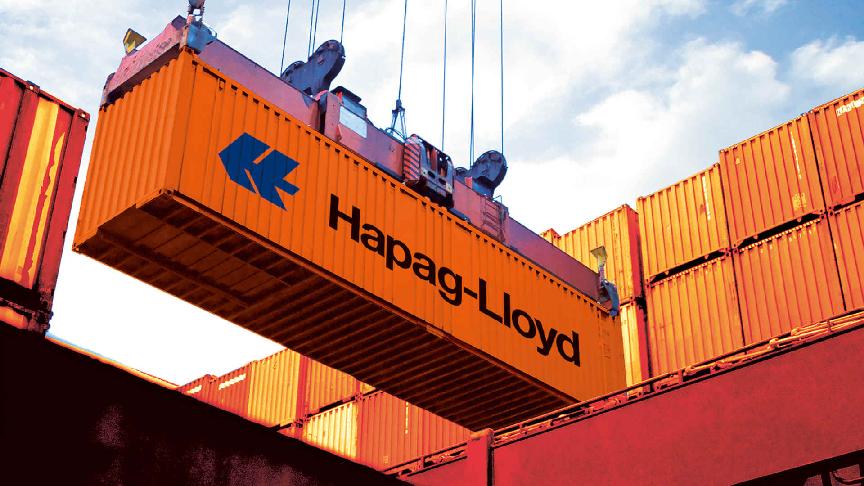27 June 2024 (Lloyd's List) - ANY return to normal routings through the Red Sea will drive a sharp decline in capacity demand, although forecasts of when that may happen are being pushed further into the future.
The latest container market forecast from BIMCO now assumes that normalisation of container services will not occur until 2025, meaning that demand for vessels will remain high for the remainder of 2024.
“Combined with estimated global volume growth of 5%-6% and growth in head-haul and regional trades of 5.5%-6.5%, demand for ships is growing very fast in 2024, whereas volume growth in 2025 will not be enough to counter the drop in ship demand caused by the assumed return to normal routings,” BIMCO said.
Vessel supply is also still growing, with a record 2.8m teu of capacity due to enter service this year.
“Overall, 2024 will see a much stronger supply/demand balance than in 2023,” BIMCO said.
“However, due to the relatively weaker first half of 2023, demand growth is estimated to be higher during the first half of 2024 and lower in the second half.
“At the same time, we estimate that some volumes from the normal peak this year will move in the second rather than the third quarter. As a result, we expect the supply/demand balance to begin to weaken during the second half of the year, but remain stronger than during 2023 throughout the year.”
The situation could reverse rapidly on a resumption of Red Sea routing, however.
“If ships can sail normally via the Red Sea and Suez Canal throughout 2025, we forecast that the supply/demand balance will weaken significantly compared to 2024 and could potentially be even weaker than during 2023,” BIMCO said.
To date, container volume demand had been stronger than in BIMCO’s previous outlook, and it now expects growth of up to 6% for 2024, and 3%-4% in 2025.
It warns, however, that much of the demand surge being seen now is likely to be volumes brought forward in order to avoid supply chain disruptions caused by congestion and rerouting.
“Consequently, we forecast a weaker than normal peak in head-haul trades which, combined with a relatively stronger second half of the year in 2023, will result in a lower growth rate in the second half of 2024 than in the first half.”
On the supply side, BIMCO forecasts the deployed fleet will have grown by 9.6% by the end of 2024 and a further 5.5% by the end of 2024.
“During the three-year period from 2023 to 2025, the fleet will therefore expand by 25%, the fastest rate of growth since the three years from 2011 to 2013,” it said.
But the rate of contracting of new vessels had slowed significantly since 2023, with only 60,000 teu per month of capacity ordered in the first five months of this year.
“Compared to a year ago, the orderbook has reduced by 1.8m teu and the orderbook to fleet ratio is now 19.9%,” BIMCO said.
“Looking ahead, we expect freight rates and time charter rates to follow the predicted supply/balance development, that is, to begin to weaken during the second half of 2024 and weaken further during 2025.”







